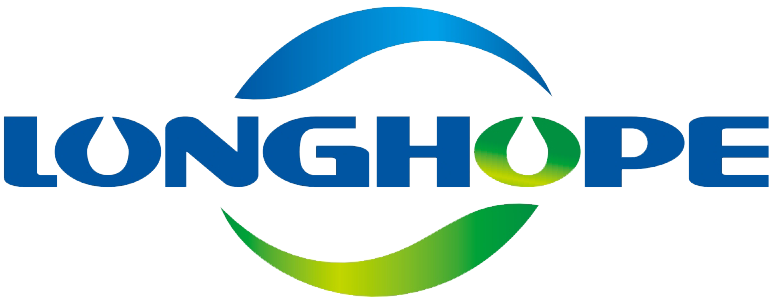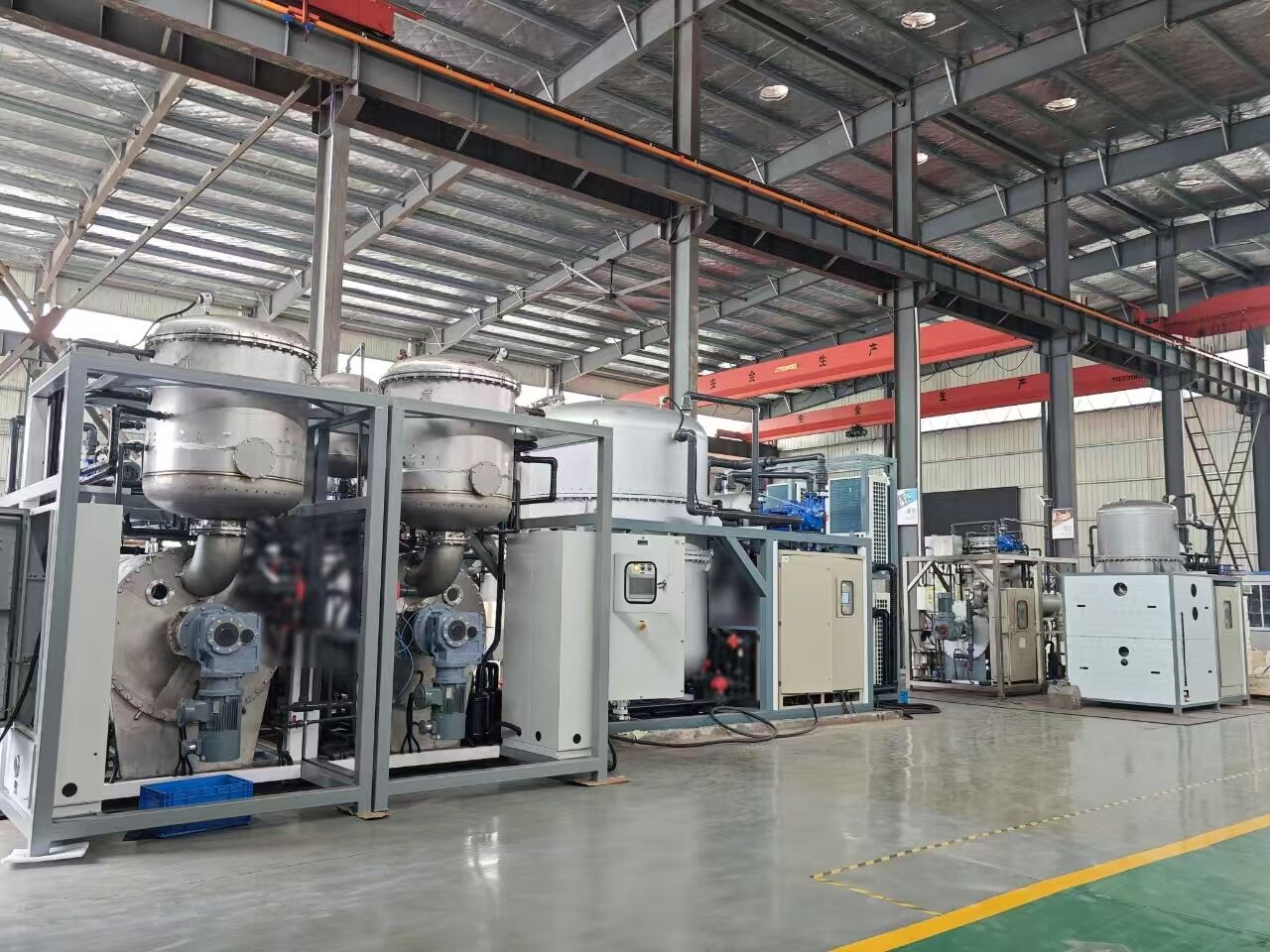Understanding Vacuum Evaporation Technology in Modern Industry
Vacuum evaporation stands at the forefront of industrial separation and concentration processes, offering businesses an efficient solution for liquid waste treatment and product concentration. A vacuum evaporator operates by reducing pressure within a sealed chamber, allowing liquids to evaporate at lower temperatures than they would under atmospheric conditions. This innovative technology has revolutionized numerous industries, from pharmaceutical manufacturing to wastewater treatment, providing cost-effective and environmentally conscious solutions for various applications.
The significance of selecting the appropriate vacuum evaporator cannot be overstated, as it directly impacts operational efficiency, product quality, and bottom-line results. With multiple configurations and technologies available in today's market, understanding the fundamental principles and key considerations becomes crucial for making an informed investment decision.
Essential Components and Operating Principles
Core System Components
A typical vacuum evaporator consists of several critical components working in harmony. The evaporation chamber serves as the primary vessel where the separation process occurs. A vacuum pump maintains the reduced pressure environment essential for low-temperature evaporation. Heat exchangers facilitate the transfer of thermal energy necessary for the phase change, while condensers collect and cool the vapor back into liquid form. The system also includes sophisticated controls and monitoring equipment to maintain optimal operating conditions.
Advanced vacuum evaporator systems may incorporate additional features such as mechanical vapor recompression (MVR) or thermal vapor recompression (TVR) to enhance energy efficiency. These components work together to create a highly efficient separation process that can handle various feed streams and product requirements.
Process Dynamics and Control
The operational success of a vacuum evaporator relies heavily on precise control of multiple process parameters. Temperature management plays a crucial role in preventing thermal degradation of heat-sensitive materials while maintaining efficient evaporation rates. Pressure control ensures stable vacuum conditions, while feed rate optimization maximizes throughput without compromising separation quality.
Modern vacuum evaporators employ sophisticated automation systems that continuously monitor and adjust these parameters. This level of control not only enhances product consistency but also minimizes operator intervention and reduces the risk of human error.
Selection Criteria for Industrial Applications
Capacity Requirements and Scalability
When selecting a vacuum evaporator, careful consideration of current and future capacity needs is essential. The system should handle current processing volumes while providing room for potential expansion. Manufacturers often offer modular designs that facilitate capacity increases through additional units or upgraded components, providing flexibility for growing operations.
Processing capacity calculations must account for seasonal variations, maintenance downtimes, and potential future market demands. A properly sized vacuum evaporator ensures optimal operation without excessive energy consumption or unnecessary capital investment.
Material Compatibility and Product Specifications
Different industries require varying levels of material compatibility and product specifications. Pharmaceutical and food processing applications demand high-grade stainless steel construction and compliance with stringent regulatory standards. Chemical processing may require specialized corrosion-resistant materials and enhanced safety features.
Product specifications, such as final concentration levels, purity requirements, and thermal sensitivity, significantly influence the choice of evaporator technology. Some applications may benefit from falling film evaporators, while others might require forced circulation or agitated thin-film designs.

Energy Efficiency and Operational Costs
Power Consumption Optimization
Energy efficiency represents a critical factor in vacuum evaporator selection, as operating costs can significantly impact the return on investment. Modern systems incorporate various energy-saving features, such as heat recovery systems, multiple-effect configurations, and advanced insulation materials. These technologies can substantially reduce power consumption while maintaining high performance levels.
Evaluating the energy efficiency of different vacuum evaporator designs requires consideration of factors such as specific energy consumption per unit of processed material, heat recovery potential, and the availability of utility resources at the installation site.
Maintenance and Lifecycle Costs
The total cost of ownership extends beyond the initial purchase price to include maintenance requirements, spare parts availability, and expected service life. Regular maintenance ensures optimal performance and prevents costly breakdowns, while proper material selection and construction quality influence the system's longevity.
Advanced vacuum evaporators often feature designs that facilitate easy cleaning and inspection, reducing maintenance downtime and associated costs. Consideration should also be given to the availability of local technical support and the manufacturer's track record in providing reliable after-sales service.
Environmental Considerations and Compliance
Emission Control and Waste Reduction
Modern vacuum evaporators must meet increasingly stringent environmental regulations while helping businesses achieve their sustainability goals. Advanced systems incorporate features such as closed-loop operation, minimal chemical usage, and efficient waste concentration capabilities. These attributes not only ensure regulatory compliance but also contribute to reduced environmental impact.
The ability to concentrate waste streams effectively can significantly reduce disposal costs while minimizing environmental footprint. Some vacuum evaporator systems achieve concentration ratios of 20:1 or higher, substantially reducing the volume of waste requiring disposal.
Regulatory Standards and Certification
Industry-specific regulations and certification requirements play a crucial role in vacuum evaporator selection. Systems must comply with relevant standards for safety, emissions, and product quality. This is particularly important in regulated industries such as pharmaceuticals, food processing, and chemical manufacturing.
Manufacturers should provide comprehensive documentation of compliance with applicable standards and assist customers in meeting their regulatory obligations. This includes validation support, quality certificates, and operational documentation.
Frequently Asked Questions
How does vacuum evaporation differ from traditional evaporation methods?
Vacuum evaporation operates at reduced pressure, allowing liquids to evaporate at lower temperatures compared to atmospheric pressure systems. This results in energy savings, better product quality preservation, and improved process efficiency, particularly for heat-sensitive materials.
What factors influence the return on investment for a vacuum evaporator?
Key factors affecting ROI include initial capital costs, energy efficiency, maintenance requirements, waste reduction capabilities, and potential recovery of valuable materials. Additional considerations include regulatory compliance benefits, reduced disposal costs, and improved product quality.
How can businesses ensure optimal performance from their vacuum evaporator?
Optimal performance requires proper system sizing, regular maintenance, operator training, and continuous monitoring of key process parameters. Implementing preventive maintenance programs, maintaining clean heat transfer surfaces, and following manufacturer recommendations for operation and maintenance are essential practices.

